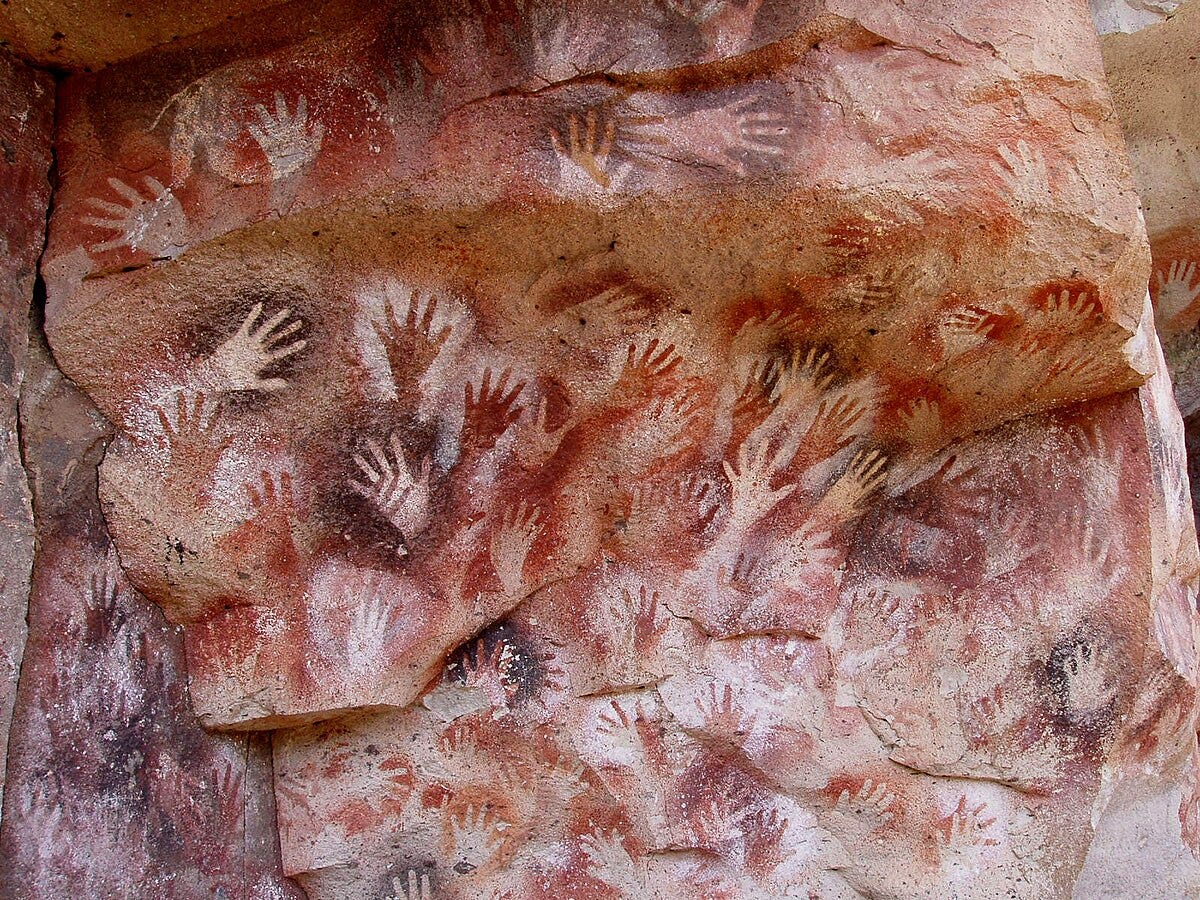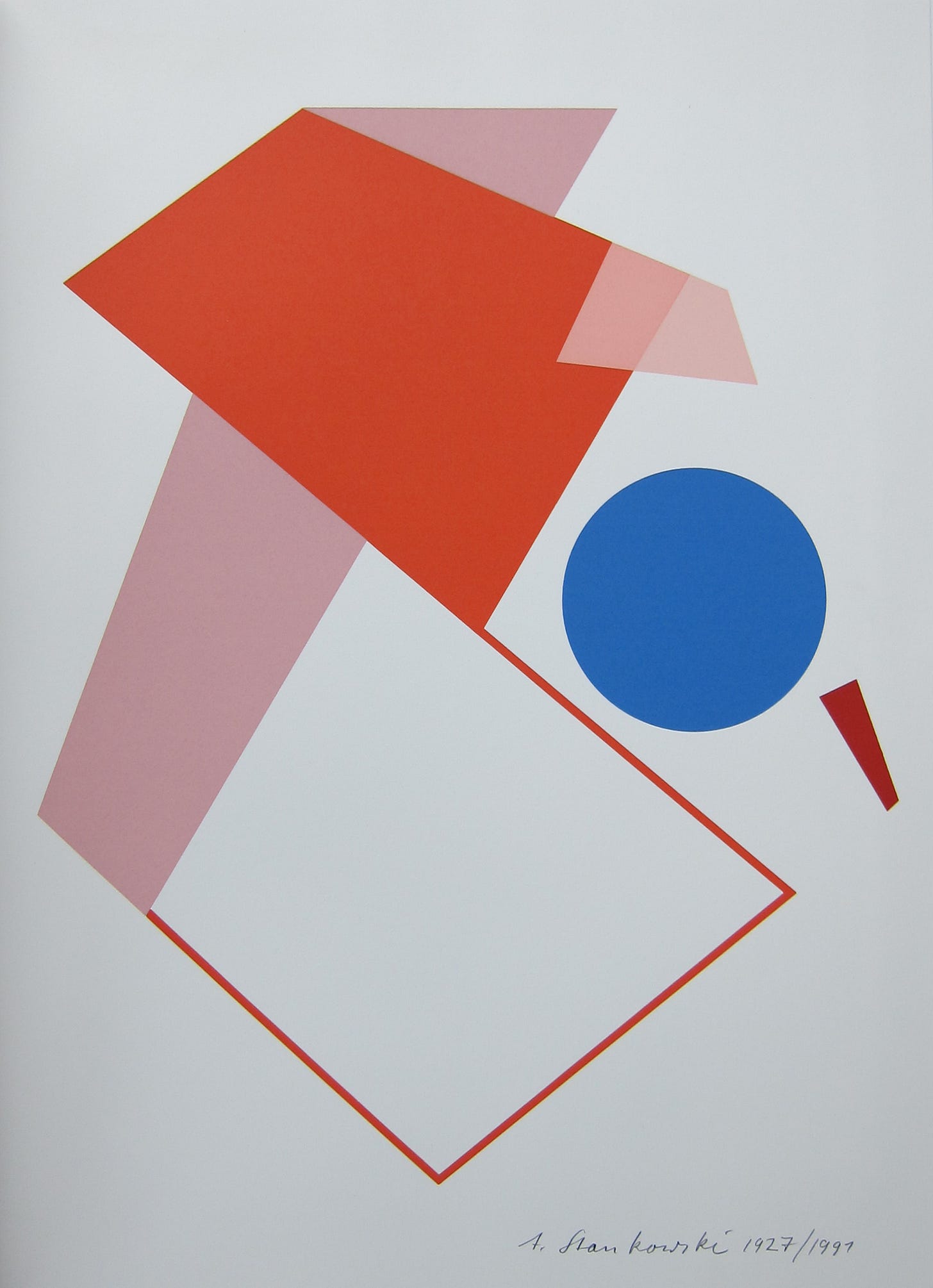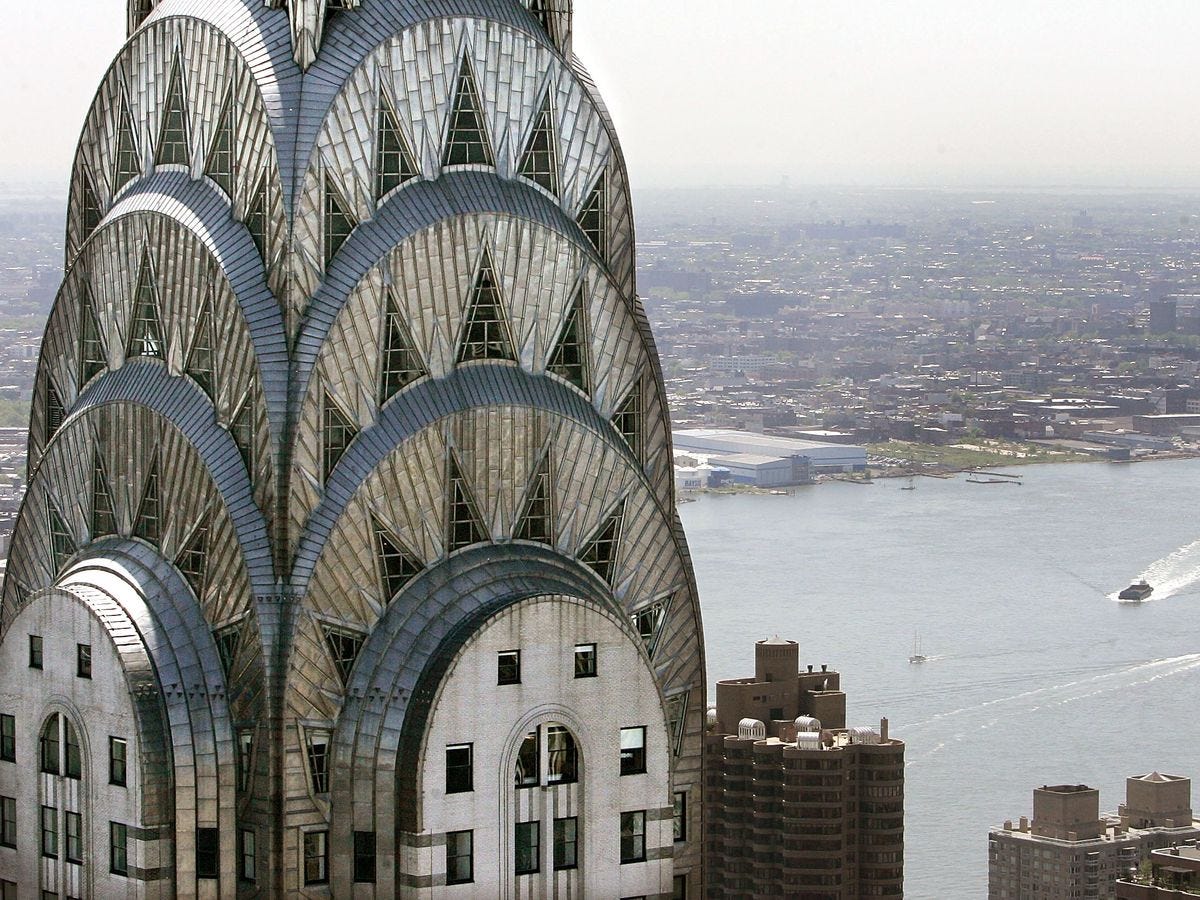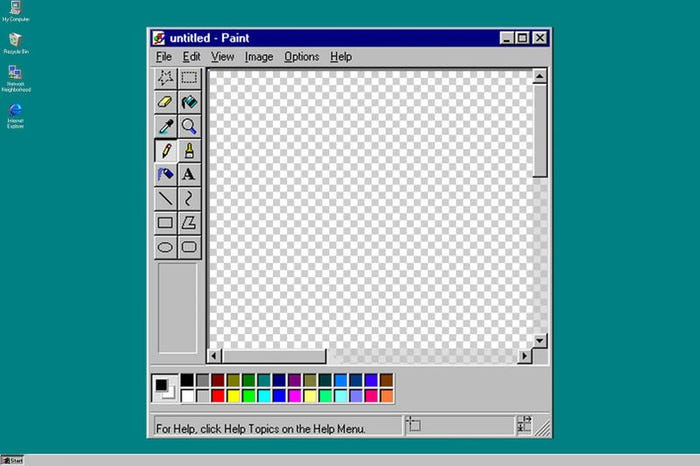Graphic Design History
Understanding where your creative history started.
I admit my last post was not the best in terms of professional, so I made a personal substack if anyone wants to follow me there and hear me yell to the world where I will talk about crafts, arts, plants, and life— that one is more relax than this one where this is strictly Design related.
I had to break these two articles down because they wouldn’t fit and I didn’t want my readers to spend all their time on 1 article. Let me know what I should have done in comments if you feel to give me your feedback.
I apologize for stuffing your email with two articles in the same week; please do not expect that to be a thing! I believe they are together and important to know and it will explain a lot why I still believe Graphic Design is an umbrella term!
So if you are confused which one to start out first, go to the post that says “Graphic Design is an umbrella term” then read this one. Or don’t, I ain’t the boss of you.
History of Graphic Design
Graphic Design is often used as a broad term to categorize different disciplines that includes digital design or a more traditional design such as print, advertisements, packing, branding, logo.
The key to Graphic Design is to communicate with your audience. We will dive in a quick session of the history of graphic design, I am not going to go through the entire history, I am sorry— it’s just too long.
Visual Communication
Graphic Design dates back as early as cave paintings from 38,000 BC. The early forms of cave paintings were how people communicated. It was very visual and often referred to animals, handprints, or references to hunting. Graphic Design during these times were more about visual communications.
First Writings
Around 3300-3000 BCE, the Sumerians created the first written languages called cuneiform. This was to cut writing into a stylus of soft clay to produce wedge-like imprints to represent word-signs, in our case, pictographs. This was a form of letters, myths, trades. They had multiple purposes and it was a way for the Sumerians to communicate in a more complex way that images couldn’t convey.
First Printing
200 CE, China used woodblock printing to stamp designs on silk clothes and eventually on paper. In 1040, Bi Sheng invented the world’s first movable type printing press out of porcelain.
In 1439, Johannes Gutenberg brought a moveable type to Europe introducing mass communication to Western culture. The Gutenberg press, literature and literacy opened to the public making it affordable and accessible. People no longer had to rely on scholars to produce books. The Gutenberg press pushed for a more commercial use of design which led to the graphic design as we know it.
The Industrial Revolution
People found different ways to use these technologies which mostly came into commercial and in term lowered the cost of printing and paper. This allowed graphic designers to work and reach wider audience than ever before.
These technologies sparked ideas and information through printed materials played a great role in shaping public opinion and social and political movements, such as labor rights, women and gay rights.
The accessibility of printed materials also raised concerns for potential spread of misinformation, propaganda, and had lead to debates about censorship and the role of the press in society.
Advancements of Color Printing
The introduction of lithography in the late 18th century and early 19th century allowed for more finer details and illustrations that allowed more of a refined and artistic approach for graphic designers.
In the mid 19th century the invention of chromolithography enabled mass production of color prints that revolutionized the use of color in graphic design. This made posters and product labels more eye-catching and accessible.
Modern Design Principles
The increase of the printing process led to a shift towards standardized and uniform designs (Fiveable). Most limitations was layout and typography for printed materials. The industrial Revolution influenced clean, grid-based layouts— which led to modern design principles we know today.
Art and Design Movements & Inspirations
Art Nouveau -(‘New Art') emerged as a dynamic and expressive style in the visual arts from the early 1890s to the First World War. Taking its inspiration from the natural world, its characteristic motifs include delicate tendrils, organic forms, swooping, swirling lines, eccentric geometry and exotic bodies (V&A).
Bauhaus - The Staatliches Bauhaus, commonly known as the Bauhaus, was a German art school operational from 1919 to 1933 that combined crafts and the fine arts. The school became famous for its approach to design.
Bauhaus is my favorite style and huge inspiration for my brand and my work. I love it so much.
Art Deco - movement in the decorative arts and architecture that originated in the 1910s and 1920s in western Europe and developed into a major style in the United States during the 1930s.
Swiss Design (The International Typography Style) - a minimalist graphic design style that emerged in the mid-20th century. It emphasizes clarity, objectivity, and readability through the use of asymmetrical layouts, sans-serif typefaces, grid systems, and photography.
Pop Art - The movement presented a challenge to traditions of fine art by including imagery from popular and mass culture, such as advertising, comic books and mundane mass-produced objects.
Postmodernism - is one of the most controversial movements in art and design history. Over two decades, from about 1970 to 1990, Postmodernism shattered established ideas about art and design, bringing a new self-awareness about style itself (V&A).
Digital Age - The Digital Age is where internet and magical ideas come to life through a computer screen when Apple introduced the Macintosh computer and then Adobe launched Photoshop in the 1990’s as a graphics editing software where people can manipulate images and make professional designs.
If you do want to read more about Graphic Design History, here are some links to books! I read the 1st one during college, but I also included some other books that are history based. I prefer Thriftbooks to get my books, but I know Bookshop promotes and helps local book stores! I also would also recommend to look at your local library. 📚 Also I know amazon exists, I try to go to Amazon as the last result.












Thank you for this post! I'm interested in visualization in data science and analytics and this post is a great source of ideas. Lately thanking about Subway maps (New York Subway) as a way to represent data flows. It is interesting, just started learning.